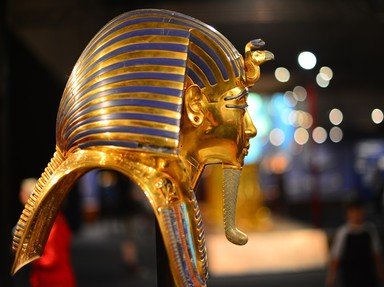Quiz Answer Key and Fun Facts
1. United Upper Egypt and Lower Egypt under one ruler. Associated with Menes.
2. Associated with the Great Pyramid. Some ancient historians depict him as a tyrant.
3. This Sixth Dynasty pharaoh may have had a reign of over 90 years and lived for about 100 years.
4. In addition to leading expeditions into Nubia, this pharaoh believed by some to be the one with whom Joseph and his brothers interacted.
5. Overthrew a stepson before beginning a successful reign. A successful attempt to transplant trees from Punt also occurred.
6. Temporarily pushed the Ancient Egyptian religion in a more monotheistic direction.
7. Lord Carnarvon helped make this pharaoh more significant after death than in life.
8. Associated with the Exodus story. Seen as the most powerful pharaoh of the New Kingdom.
9. Pharaoh who sent a fleet on a voyage that circumnavigated Africa.
10. Final ruler of a fully independent Egypt. Suicide ended this ruler's life.
Source: Author
bernie73
This quiz was reviewed by FunTrivia editor
trident before going online.
Any errors found in FunTrivia content are routinely corrected through our feedback system.
